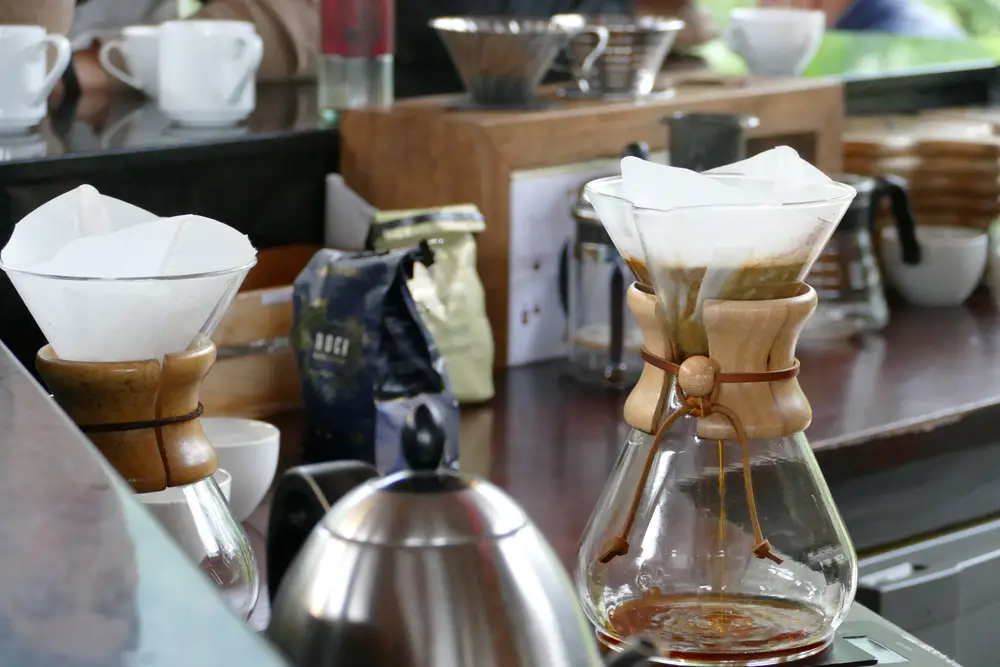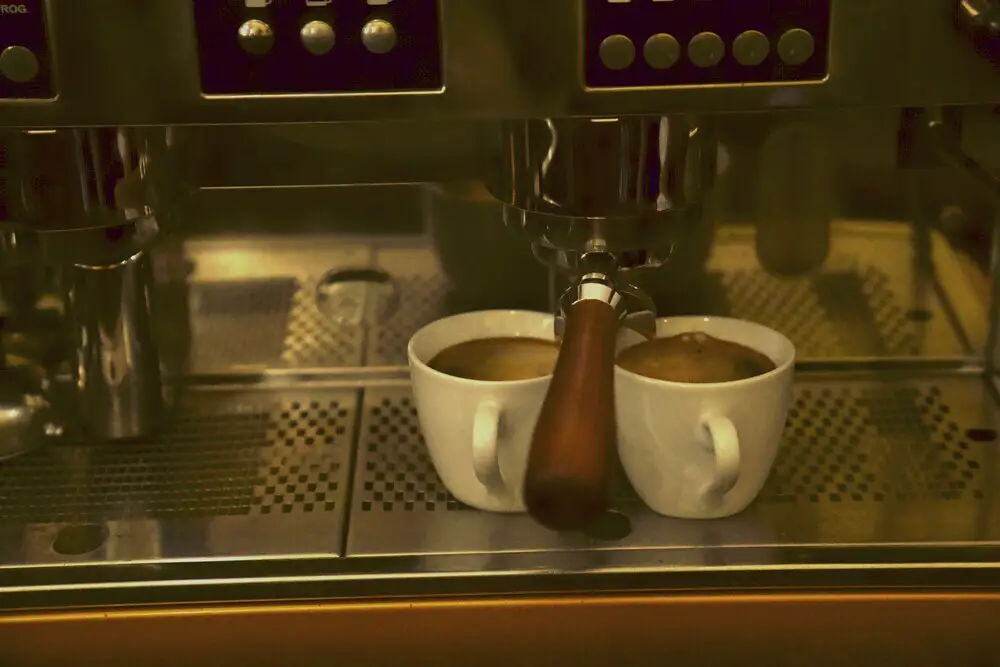Cappuccino, espresso, coffee with milk – of course you know these drinks. But do you also know the mysterious dry cappuccino? This lesser-known cousin of the cappuccino is made with just espresso and milk, with no foam.
Table of Contents
The origin of the cappuccino
The cappuccino is a popular coffee drink originating in Italy. It is named after the Capuchin monks, who wear tan robes the same color as the drink.
Cappuccino is basically a double espresso, with a layer of steamed milk and another layer of frothed milk on top of the coffee.
A typical cappuccino recipe calls for roughly equal parts espresso, steamed milk, and frothed milk. As with many coffee beverages, however, there are also different ways of preparing cappuccino.
Where does the “dry” cappuccino come from?
A dry cappuccino has the same layers as a regular cappuccino, but in different proportions. Instead of equal amounts of espresso, steamed milk, and milk froth, a dry cappuccino has very little steamed milk and more froth.
That’s why it’s also called dry foam, because the foam is the least dense (liquid) part of the drink.
There are many reasons why people also like dry cappuccino cups:
- For one thing, the foam is a good insulator that keeps the espresso warm for longer.
- Those who prefer a stronger, richer flavor also like dry cappuccinos, as the lack of frothed milk reduces the sweetness.
- Many coffee lovers also find that a thick layer of foam is better for lattes, while others simply prefer a light, frothy espresso base.
- In any case, the dry cappuccino has become a favorite drink of many coffee lovers.
Bone dry cappuccino
There is also a variant called “bone-dry” cappuccino. There is no frothed milk in this variant. When you order a cup of this type of dry cappuccino, you usually get a small amount of frothed milk as a “barrier” between the other ingredients.
If you order a “complete dry” variant, this coffee does not contain frothed milk, which separates the coffee from the foam.
Wet cappuccino – what is it?
When we start talking about wet cappuccinos, things get a little confusing.
A wet cappuccino is defined as a cappuccino that uses more milk and less foam than usual. This is not a very precise definition, but it provides important information.
If you want a more specific answer, most cafes use the same amount of milk for a wet cappuccino as they do for a regular cappuccino, but it’s split up using only 25% frothed milk and 75% milk. Instead of the usual 50:50 split.
A wet cappuccino falls somewhere between a cappuccino and a latte on the scale of espresso drinks.
At this point you might be wondering when does a cappuccino become a latte? Good question, to which unfortunately there is no clear answer.
Now is a good time to point out that coffee isn’t a science and that named coffee drinks are inherently misleading. While it’s convenient to name standard drinks, there’s no major difference between a latte and a cappuccino other than the amount of milk used.
Dry cappuccino vs. wet cappuccino
The difference between these two drinks may seem small, but it can be quite noticeable in the glass, so it’s important to know what you’re ordering:
- Dry cappuccino is made from espresso and frothed milk, while wet cappuccino is made from espresso and hot milk.
- The original cappuccino is traditionally made with steamed milk and foam.
- So, dry and wet cappuccino are variations on the original cappuccino to suit the tastes of those who prefer less froth or less hot milk with more froth. These trends are always fixed, but customer preferences can affect the final taste of their mug.
- A wet cappuccino tastes much sweeter than a dry one because it contains more milk. A dry cappuccino, on the other hand, lets the espresso taste stand out more than its wet version.
- Also, the drink is lighter as it mainly contains milk froth instead of steamed milk. A wet cappuccino also has more calories for the same reason.
Wet cappuccino
This drink is perfect for those who enjoy the rich, creamy texture and flavor of lattes and flat whites, but also for those who love the extra foam on top.
How do you prepare a dry cappuccino?
- Prepare the milk
First you should prepare and froth the milk. If you have a full-fledged cappuccino maker and milk frother at home, you can skip this step and froth the milk as usual. If not, first put 1.5 dl of milk in a small saucepan and heat the milk over low heat. But the milk should not boil. Remove the milk from the heat as soon as you see signs of bubbling.
NOTE: If you decide to add some steamed milk to your dry cappuccino, reserve a small amount of the hot liquid and use most of it for the next step. - Prepare the Milk Froth
Once the milk has been removed from the heat, it’s time to start frothing. You can use a whisk, but an immersion blender is more efficient. It is ideal for cappuccinos and other mixed drinks. Start on low level until you get a whipped-up texture. Increase the speed until you get the consistency you want. - Making espresso
It is important to know that coffee and espresso are two different things. Coffee is made by passing hot water through ground coffee. Espresso is also made with ground coffee, but the steam is forced through the ground coffee. This makes him more focused and stronger. If you have an espresso machine, you can prepare your espresso as usual. If you don’t have an espresso machine, you can also brew a small amount of very strong coffee. - Prepare the cappuccino
Since it is a dry cappuccino, it needs little or no frothed milk. Pour the coffee into the cup first, then add sweetener or flavorings as you like. Then add a small amount of frothed milk and add the froth. Finally, add the desired ingredients. A dry cappuccino should be 2/3 coffee and 1/3 frothed milk, with very little frothed milk if any. Now it’s time to drink and enjoy!
Conclusion
Dry cappuccino is a good option, but it’s much smaller than the regular or wet variety. If you like espresso or frothed milk, you can enjoy a dry cappuccino, but most people are better off ordering something else.



